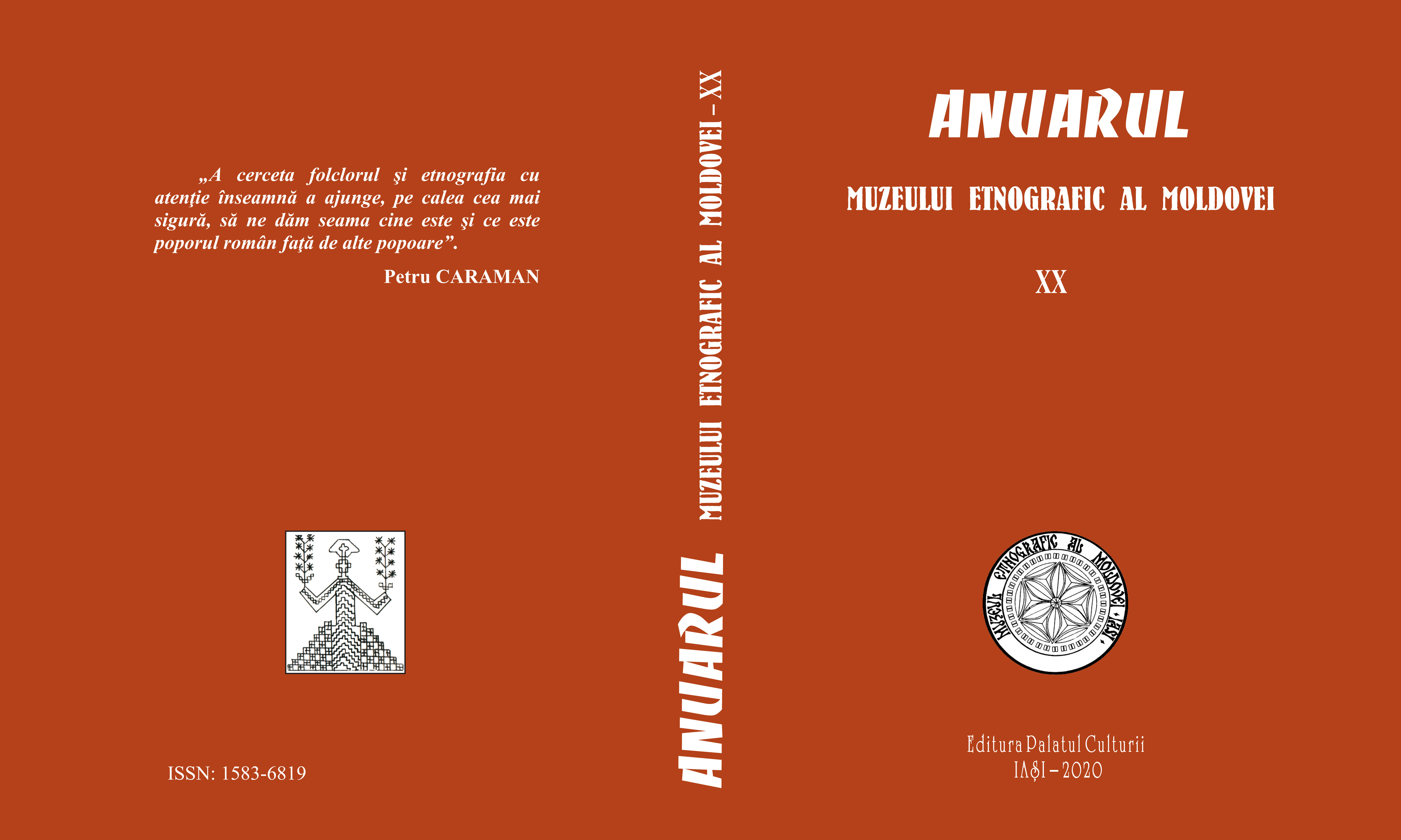Om, turme de oi și prădători în practica transhumanței din Mărginimea Sibiului
Man, Sheep Flocks and Predators in the Transhumance Practice of Mărginimea Sibiului
Author(s): Marin ConstantinSubject(s): Cultural Anthropology / Ethnology
Published by: Editura Palatul Culturii
Keywords: transhumance route; herding organization; pastoral herd; wild animals; Tilişca; Poiana Sibiului; Jina; Mărginimea Sibiului;
Summary/Abstract: As developed from generation to generation by Romanian herders from the area of Mărginimea Sibiului, the practice of transhumance might be also described (alongside other research themes such as pastoral apprenticeship, the transmission of sheep property, the geography of wintering itineraries in the lowlands, and the everyday lifestyle of the shepherds on the roads) as a rigorous management of human-animal interaction. In fact, this “aspect” is a part of the more-general links between culture (as a pattern of pastoral specialization, or oviculture, among the transhumant associates) and nature (in terms of the animals of a herding husbandry – sheep, donkeys, and dogs –, as well as the wild animals – wolves, bears, even jackals – that the same pastoral associates encounter during the summer or winter seasons of their traditional economy). With the integration of Transylvanian transhumance in a calendar of periodical alternation of mountain and plain pastures, the human-animal relationship is given an ecological dimension, one managed in the framework of the same pastoral productive world.
Journal: Anuarul Muzeului Etnografic al Moldovei
- Issue Year: 2020
- Issue No: 20
- Page Range: 131-158
- Page Count: 28
- Language: Romanian

